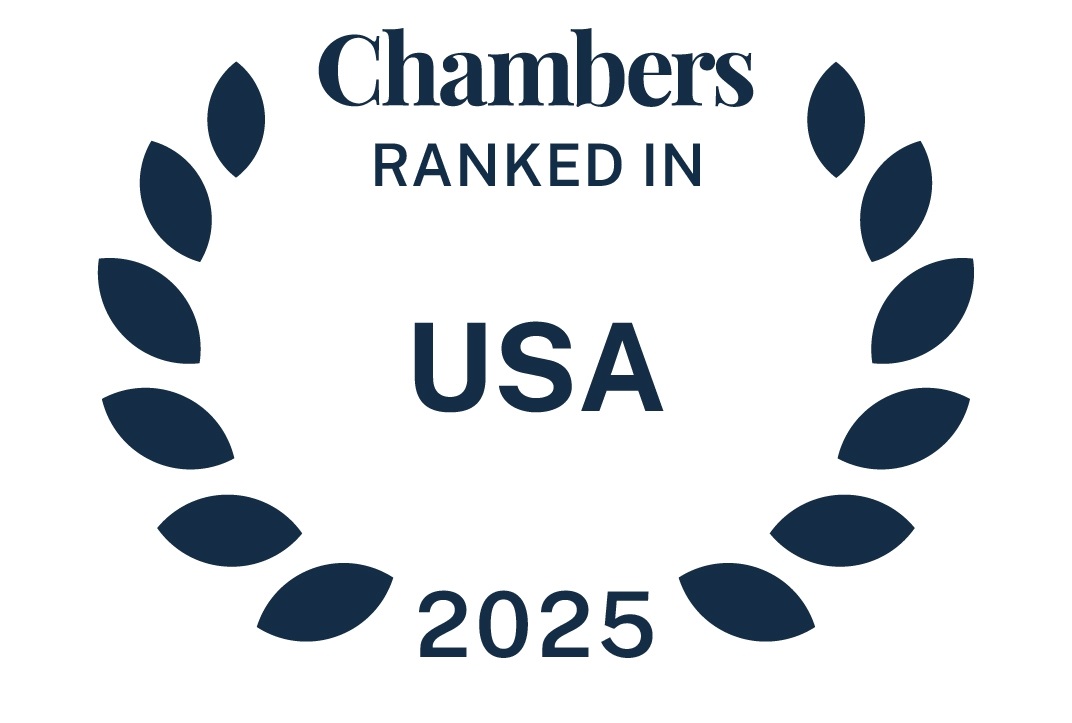by Jeff Brennan
On June 7, 2012, Pennsylvania, through its Attorney General (AG), filed an antitrust complaint and consent order in U.S. District Court (M.D. Pa.), settling charges that Geisinger Health System’s acquisition of Bloomsburg Hospital violated section 7 of the Clayton Act and the state common law prohibition on suppression of competition. The core allegation is that the merging of Geisinger and Bloomsburg — two of three principal rival hospitals in the Columbia County area and employers of physicians — would lead to higher prices for (i) primary and secondary inpatient acute care services and (ii) primary and non-tertiary specialist physician services. Notably, the AG did not seek to enjoin the deal but elected to accept a multi-faceted "conduct" remedy.
Probably the most significant of the many conduct restrictions is the enablement of health plans to trigger (with AG involvement) independent third party review of Geisinger’s price proposals. Geisinger’s prices must be based on Bloomsburg Hospital costs, not System costs, to obtain "a reasonable profit margin for similarly sized and well run community hospitals." In other words, Geisinger may not readily apply System prices to Bloomsburg. The settlement also prohibits Geisinger from requiring payors to contract with the whole System in order to contract with Bloomsburg, and from requiring a payor to exclude a competitor hospital from the network in order to obtain a contract with Geisinger. A few observations:
- PA implied that it accepted a conduct remedy over an injunction in light of Bloomsburg’s dire financial condition. Bloomsburg said that by October 2012 it would have insufficient cash to meet its obligations and could not continue operations. The AG said it consented to the order "[g]iven the Acquired Parties’ financial condition and the potential for the loss of 900 jobs."
- The Federal Trade Commission (FTC) was not a party to this action, for reasons we do not know. The FTC has traditionally been unwilling to accept conduct restrictions in lieu of divestitures to resolve concerns that a prospective hospital merger is anticompetitive. An exception was in the unusual case of a merger that had been consummated for seven years prior to the FTC’s finding of antitrust liability, at which point the FTC concluded that divestiture would do more harm than good and instead required separate contracting between the merged hospitals. (This was 2007’s decision in Evanston Northwestern/Highland Park.)
- The Geisinger case is one of "good news/bad news" for hospitals. The good news is that, at least at the state level, it shows a potential path forward for deals that raise antitrust concerns. The bad news is that consummation came with the cost of an extensive set of restrictions on contracting and other activities that require rigorous monitoring for compliance. Especially for hospitals facing difficult financial challenges, moreover, there is — again, from the limited perspective of state enforcement — the good news that alliances with a large and financially sound competitor may be obtainable, but also the bad news that the rival’s more favorable rate structure [...]
Continue Reading
read more


 Subscribe
Subscribe
